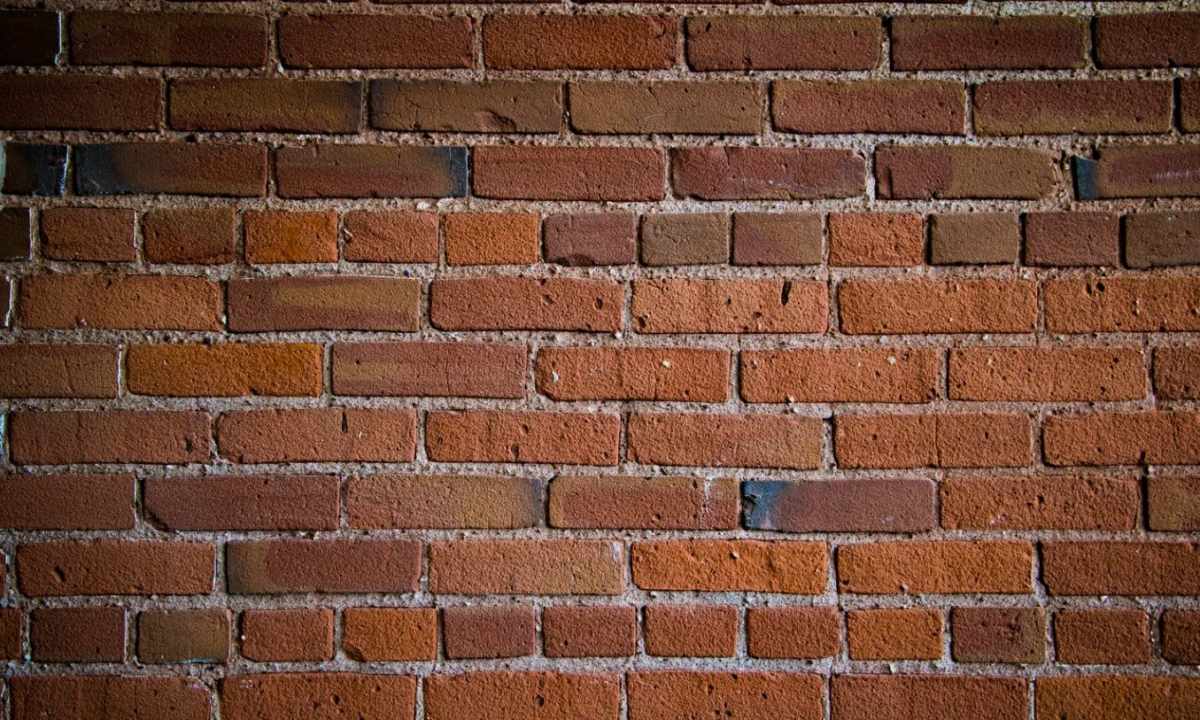Now when calculating thickness of walls of low brick houses the bigger attention is given to their bearing capacity and pressure put by weight of load-carrying structures upon the base, than heat conductivity. It is connected with the fact that now in the market rather wide choice of insulating materials with extremely low degree of heat conductivity and convenient in mounting.
If there was question what to prefer – warming by various heaters or reduction of heat conductivity of brick wall due to increase in its thickness, then it is necessary to proceed from the financial opportunities. As if it is about areas where temperature falls to in the winter - 30C, on warming of walls which thickness does not exceed one brick, the additional layer of heater can be required that, in turn, will cause increase in financial costs of construction of the house. On the other hand – wall thickness, not demanding additional warming, in similar weather conditions has to be not less than 640 mm, that is has to be constructed in two and a half bricks. And it, besides increase in expense of brick, will lead to the fact that also the weight of walls which even without other designs will be so impressive that there will be need of construction of more massive base will increase. And it besides will lead to sharp rise in price of object.
Also it must be kept in mind that the house with brick walls in winter season demands continuous heating. If to the building with thick (in two bricks and more) walls to allow to cool down, then that to heat it can be required up to several weeks, and at the small power of heating services sometimes it is not possible to restore standard temperature in such house before spring.
Therefore if warming of walls of the built house is planned by additional heater, then calculation of thickness of walls is made proceeding from the number of floors of future building, material of overlappings and roof and also additional loadings, such as snow accumulating on roof.
Usually thickness of brick walls at construction of single-storey building is equal to 250 mm, that is width of standard brick. If height of the house is two floors and more, then the laying in one and a half bricks (380 mm) will be minimum admissible thickness. Thickness of internal load bearing walls should not be less than 120 mm (half of brick), and internal partitions for economy of material there can be equal to brick "on edge", that is 65 mm. Use in construction of hollow bricks which heat conductivity is much lower than corpulent will be quite good option. It will allow to save at equal or even smaller thickness of walls on heater. Besides, there are such ways of brickwork which allow to reduce heat conductivity of walls at smaller expense of brick. It is so-called kolodtsevaty laying. At this way thickness of walls increases at the expense of the airbag left between bricks which is filled with various heaters subsequently (slag, haydite, etc.). This option allows to lose at the same time the weight of load-carrying structures and heat conductivity of brick walls.
